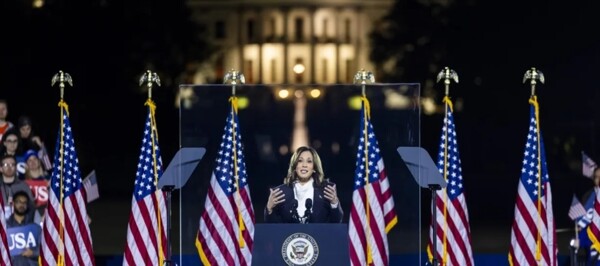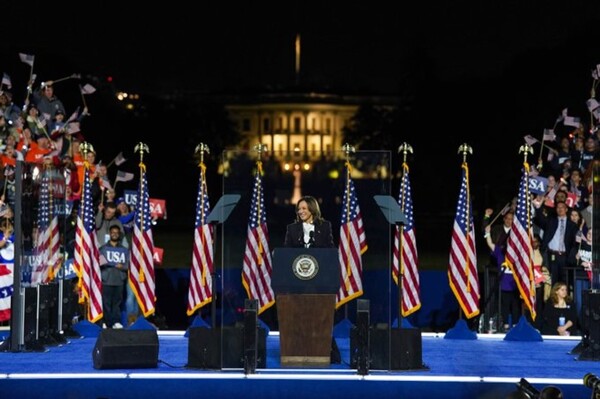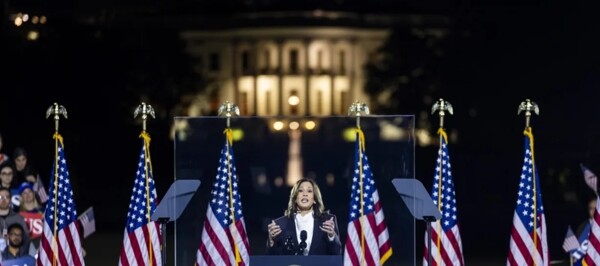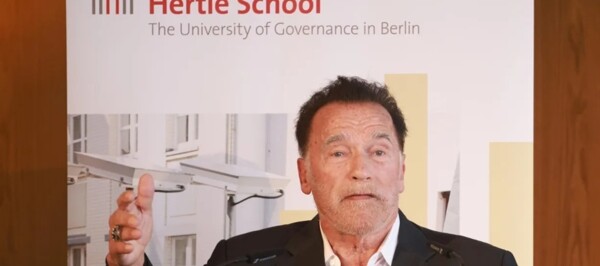The growth and importance of the Latino vote in the United States raise the question: when will we see a Latino in the White House? Matt A. Barreto, director of the Voting Rights Project of the Latino Policy Institute at the University of California (UCLA), states that as more Latinos are elected to the U.S. Congress and Senate, the list of potential presidential candidates keeps growing.
According to data from the Pew Center, in the presidential elections on November 5, half of the potential new voters are of Latino origin, reflecting the increasing presence of this community in American politics. However, all Latino candidates who have previously run have left the race.
In an interview with EFE, Pete Aguilar, the highest-ranking Hispanic legislator in the U.S. Congress, mentioned that he hopes to see a Latino president in his lifetime. With 36.2 million Latinos eligible to vote, four million more than in 2020, it is expected that in 2024, Latinos will represent 14.7% of all eligible voters, surpassing the 13.6% of 2020.
The possibility of having a Latino president is seen as very real by Marco Davis, president and CEO of the Congressional Hispanic Caucus Institute. Davis emphasizes the importance of the future candidate attracting a broad spectrum of their party beyond the Latino community to gain the nomination.
Regarding whether the first Latino president will be a Democrat or Republican, Barreto mentions that it is more likely to be a Democrat, as outside of Miami, Latino voters tend to vote for that party. However, he points out that if Kamala Harris wins the presidency with strong Latino support, it could pressure the Republican Party and open the possibility of seeing a Latino Republican candidate in 2028.
Claudia de la Cruz, a candidate of the Party for Socialism and Liberation (PSL), is one of the few Latinos in this year's presidential race. Despite not having realistic options, De la Cruz sees her participation as an opportunity to educate and intervene in the political discourse.
In summary, the growing presence of Latinos in American politics raises the increasingly real possibility of seeing a Latino president in the White House in the near future, whether Democrat or Republican, representing the interests of the hardworking Latino community in the country.














